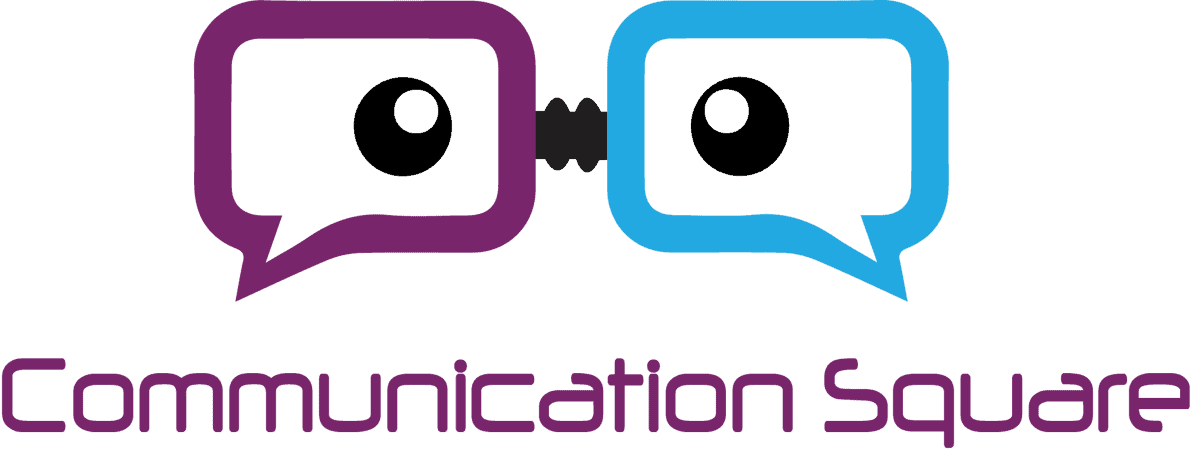Azure Stack
Today in this blog we will discuss what you need to know about Microsoft's Azure Stack, utterly understanding Microsoft's Azure Stack. Microsoft now brings you a new platform known as Microsoft Azure Stack, a hybrid solution. It allows you to run Azure Services from your own Datacenter, ensuring security and reliability. Azure Stack comes as a set of pre-configured software installed on validated hardware that should be bought from one of the authorized Azure Cloud Solution Partners, who also helps you figure out the required type of billing and licensing and the power and cooling requirements for your Azure Stack. The idea of its design is to help you in key scenarios, like meeting security and compliance requirements. Or where you need to access Azure resources without internet connectivity. Microsoft Azure Stack is an extension of Azure, bringing the agility and fast-paced innovation of cloud computing to on-premises environments. In short, Microsoft launches azure local cloud solution. You can also opt for Azure Consulting Services for a smoother transition to the cloud.
Why Should You Use Microsoft Azure Stack?
The first question that comes into mind after getting to know Microsoft Azure Stack is, why should you run Azure Cloud Services in your on-premises data center? Why not directly use Azure Cloud (Public)? This is since it is commonly thought that the only reason to move on cloud is to offload your on-premises data center workload to the public cloud. Azure Site Recovery is to work with Azure backup, to help replicate server workloads from on-premises virtual machines to Azure. But there are other reasons as well, some businesses do not want to move their core business applications out of their premises due to security or any other internal business reasons. Both infrastructure-as-a-service and platform-as-a-service functionality on par with Azure Cloud offering is delivered by Azure Stack. The azure stack is a primer for putting cloud in your data center
Now you don’t need to worry about your data storage outside your organization. You can simply get Microsoft Azure stack and deploy it into your own data centers using your own hardware that meets the requirements of Microsoft Azure Stack.
The Real Value
High-Level Differences between Azure Stack vs Azure Cloud
Feature Comparison of Azure Public Cloud and Azure Private Cloud (Azure Stack)
Area | Microsoft Azure | Microsoft Azure Stack |
|---|---|---|
Who operates it? | Microsoft | Your company or service provider. For an integrated system, contact your Azure Stack operator (at your organization or service provider) for support. |
Who do you contact for support? | Microsoft | For Azure Stack Development Kit support, visit the Microsoft forums. Because the development kit is an evaluation environment, there is no official support offered through Microsoft Customer Support Services (CSS). |
Resource groups | A resource group can span regions. Here's a list of Azure products. | For both integrated systems and the development kit, there is only one region. |
Available services | The following list of Azure products are available subject to Azure region. | Microsoft Azure Stack supports a subset of Azure services. Actual services will vary based on what your organization or service provider chooses to offer. |
Azure Resource Manager Endpoint Portal URL | https://portal.azure.com | https://management.local.azurestack.external/ |
Region | You can select which region you want to deploy to. | For the development kit, region will always be local as the development kit supports only one region. |
Supported namespaces, resource types, and API versions | The latest (or earlier versions that are not yet deprecated). | Azure Stack supports specific versions |
Azure Stack vs Azure Cloud
Feature | Azure Stack | Azure |
|---|---|---|
Portal | Yes | Yes |
PowerShell | Yes | Yes |
DevOps Tools | Yes | Yes |
Azure Resource Manager | Yes | Yes |
IaaS | Yes | Yes |
PaaS | Yes | Yes |
Infrastructure | Cloud-Inspired | Cloud |
Hosting | Private | Public |
Sealed Hosts | Integrated System Hardware | Azure-Designed Hardware |
Portal Updates | Your IT team will update this | Managed by Microsoft |
Azure Stack Pricing
Why do Microsoft Azure Stack pricing/service charges typically lower than Azure prices? The term “A cloud in your data center” explains that Azure Stack doesn’t avail an additional data center. While Azure, being a hybrid cloud platform, requires a data center outside your organization, which includes all the operational costs of the data center.
Subscription and Licensing of Azure Stack
Azure Stack has an interesting business model, uses subscription price much like Azure. You pay only for what you use, just like Azure. You can pay per hour or per month, with a Base VM charge of $0.008/vCPU/hour or $6/vCPU/month). You can also use your existing Windows Server or Linux licenses. If you don’t have any licenses, then a Windows Server VM charge at $0.046/vCPU/hour or $34/vCPU/month. Similar pricing is for storage and for the Azure App Services, based on vCPU usage. As expected, it’s cheaper than Azure’s pricing for similar features, but here you’re paying for the hardware yourself, and that’s not going to come cheap. The biggest advantage of cloud services has been a shift from capital to operational expenditure. And Azure Stack is introducing that same model in house.
To get the estimate price of what you use, you can always use pricing calculator at https://azure.microsoft.com/en-us/pricing/
Last Updated 1 year ago
